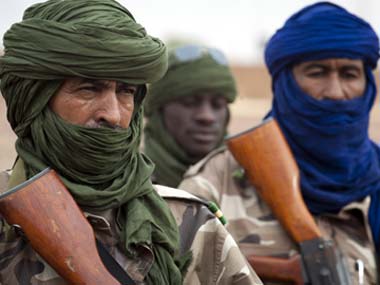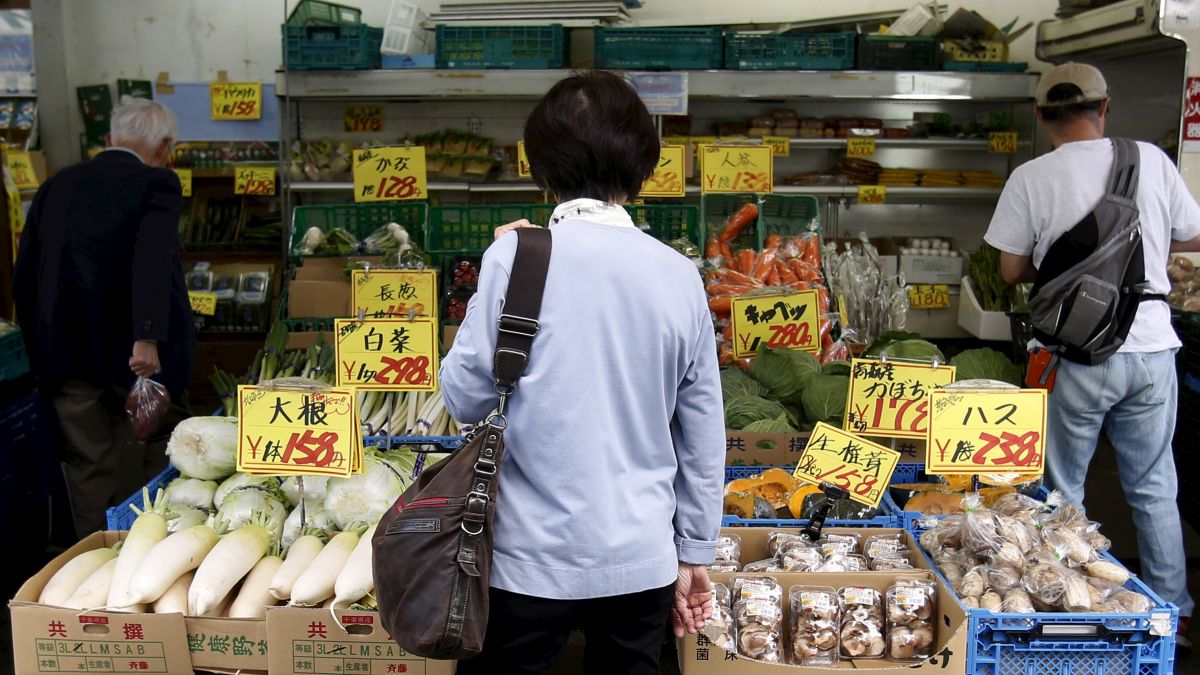Beirut: The leader of Al-Qaida urged his followers and other militants in Syria to unite ranks and prepare for protracted jihad, or holy war, in a recording released Sunday night. Ayman al-Zawahri told the jihadis, who control Syria’s northwestern Idlib province and other territory, to remain steadfast and change tactics in order to wage guerrilla war.
Al-Qaida began fighting alongside Syria’s rebels early in the civil war and won allies among the opposition because of its military prowess. Al-Qaida’s official branch, the Nusra Front, changed its name to the Fatah al-Sham Front and formally cut ties with Al-Qaida last year, but is still widely seen as being linked to the global terror network.
In Sunday’s message, released through Al-Qaida’s As-Sahab media arm, al-Zawahiri cast the Syrian conflict as part of a wider struggle aimed at imposing Islamic rule on the region and beyond. The local leaders of the Fatah al-Sham Front have tended to portray its struggle as being confined to Syria.
Al-Zawahri said an “international satanic alliance” would never accept Islamic rule in Syria, apparently referring to the Syrian government, its ally Russia, and the United States, all of which are actively targeting the group.
The Fatah al-Sham Front is perhaps the most powerful rebel-aligned faction, but dozens of other factions — both hard-line Islamists and more mainstream groups — are also battling Syrian President Bashar Assad’s forces.
Zawahri, who succeeded Osama bin Laden as the global leader of Al-Qaida after he was killed in a U.S. raid in 2011, made his last public broadcast in May 2016, when he issued an audio message calling for unity among fighters in Syria.
Meanwhile, authorities began a sixth round of evacuations on Monday for civilians and fighters from the opposition-held neighbourhood of al-Waer in Homs, Syria’s third largest city, activists and Syrian state media reported.
Government forces have besieged the neighbourhood since 2013, according to the Washington-based monitoring group Siege Watch. Rebels, opposition activists and their families agreed to vacate the district in an agreement signed in March in exchange for the end of hostilities. The government will retake control of the neighbourhood after the last of twelve rounds of evacuations are complete, in an expected three to four weeks, according to local media activist Osama Abou Zeid.
He said about 16,000 people are expected to leave the neighbourhood, instead of reconciling themselves with the government’s notorious security services. Siege Watch estimates there have been 60,000 people trapped under the siege.
An estimated 1,800 people, including some 500 fighters, left on Monday, said Abou Zeid. They are being taken to Jarablus, a town on the Turkish border that is under the control of Turkish and Syrian opposition forces.
Areas all over Syria have surrendered to the government in exchange for relief from its sieges. Rebels and dissidents are offered exile to rebel-held areas in northern Syria, if they do not want to reconcile with the authorities. Tens of thousands have accepted to leave from areas around Damascus, Homs, and Aleppo, Syria’s largest city. Another 8,000 people have left two pro-government towns in northern Syria, besieged by rebels, in recent weeks.
Critics say the population transfers are redrawing Syria’s map along sectarian and political lines.
In northern Syria, warplanes struck the town where a chemical attack killed scores of people earlier this month.
The airstrikes in the opposition-held northern town of Khan Sheikhoun, where nearly 90 people were killed in the chemical attack, killed at least four people and wounded 10 others, according to the activist-run Thiqa News Agency and Edlib Media Center. It was not immediately clear who carried out the strike.
The Britain-based Syrian Observatory for Human Rights said at least five people, including a child, were killed in the attack on a vegetable market in the area.
Conflicting casualty figures are common in the Syrian war.
This is not the first time that warplanes have targeted Khan Sheikhoun in the aftermath of the gas attack. Warplanes targeted the rebel-held district four days after the attack, killing one woman and wounding her son.


)




)
)
)
)
)
)
)
)